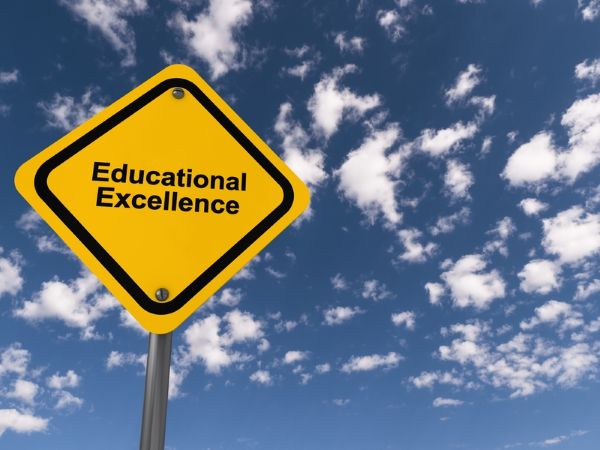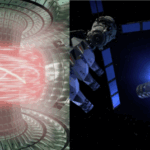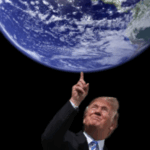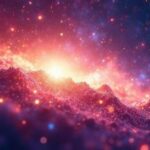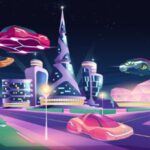In a recent article appearing in University World News, Jeffrey Herlihy-Mera writes “Science and the humanities have been disconnected” when describing post-secondary academic institutions. Herlihy-Mera is a professor of humanities at University of Puerto Rico-Mayagüez and the founding director of Mellon Foundation’s Instituto Nuevos Horizontes.
For myself, who is not a scientist but an avid reader of science, who taught science and nature in after-school enrichment programs and day camps, I find the disconnect between the humanities and engineering and scientific progress as reflected in university and college programs and courses quite saddening.
In university, I studied history, learning about the world of Rome, the birth of Islam and its first world empire, the civilizations surrounding the Mediterranean, the great empires of Asia, and more. In my business career, I worked in the publishing industry, ran a computer store, became a documentalist, mastered the field of telecommunications and consulted with new technology startups. In retirement, I write this blog with its focus on science, technology and the future. When I studied history, it included the history of science, engineering, mathematics and discovery. So for me, the humanities were about mathematics, physics, chemistry, astronomy, geology, zoology, botany, and more.
I was invested in music from as far back as I can remember and learned to play several instruments as well as sing. I see the kinship between music and mathematics. Music is math. It is tempo, harmonics, symmetry, fractions, and patterns. I’m not alone in this recognition of kinship. The Greek philosophers Plato and Aristotle taught a curriculum that featured mathematics, astronomy and music. Ancient architects who mastered the art of design were equally vested in mathematics and engineering. Many buildings constructed thousands of years ago have stood the test of time. The Pyramids of Egypt are a testament to the synergies among art, engineering, astronomy and mathematics.
That’s why schools that are removing humanities programs from their offerings are making a mistake. This modern emphasis on STEM, science, technology, engineering and mathematics has an Achilles’ Heel.
This week, hype surrounded a Blue Origin suborbital flight with six women with backgrounds in both the arts and sciences, with much of the hype around the promotion of STEM learning for women. Yet historically, the humanities and STEM together have produced some of the greatest inventors, scientists and engineers the world has seen. For example,
- Einstein, whose mathematical equations revolutionized our understanding of the Universe, was both a scientist and a violinist.
- Darwin trained as a theologian, studied Renaissance art on the side, and wrote “The Origin of the Species,” the book that changed our understanding of life and evolution.
- Da Vinci was a musician, an artist, and an engineer.
- Galileo, who changed our understanding of the planets and the Solar System, was also a literary critic.
- Samuel Morse, who invented the telegraph, was also a painter.
- De Chardin was a Jesuit theologian and also a paleontologist.
- Lemaître was a Catholic priest and the proponent of the Big Bang and the origins of the Universe.
- Mendel, a Catholic monk, in his study of pea plants formulated the three fundamental principles of heredity giving rise to the science of genetics.
When I studied history, I studied science, technology, engineering, and mathematics. When artists compose paintings, they use realism based on depth of field derived from geometry. Musicians base their compositions on mathematically precise tones. Music and mathematics are said to be two sides of the same coin, one expressed through sound and emotion, the other through numbers and logic. Storytelling, a human attribute that goes back to when our species first developed language, is the way we share knowledge and experiences, whether scientific or social.
It is no wonder that Herlihy-Mera, in University World News, states, “Scientific development throughout history involves the humanities: poetry, novels, satire, philosophy, sculpture, art, and music have functioned as dimensions of science, as research instruments, and as extensions of the imagination.”
The humanities and STEM are inseparable, and post-secondary institutions that beggar the former with more of the latter will be poorer for it. The students who graduate may include fewer future Darwins, Da Vincis, and Einsteins.
